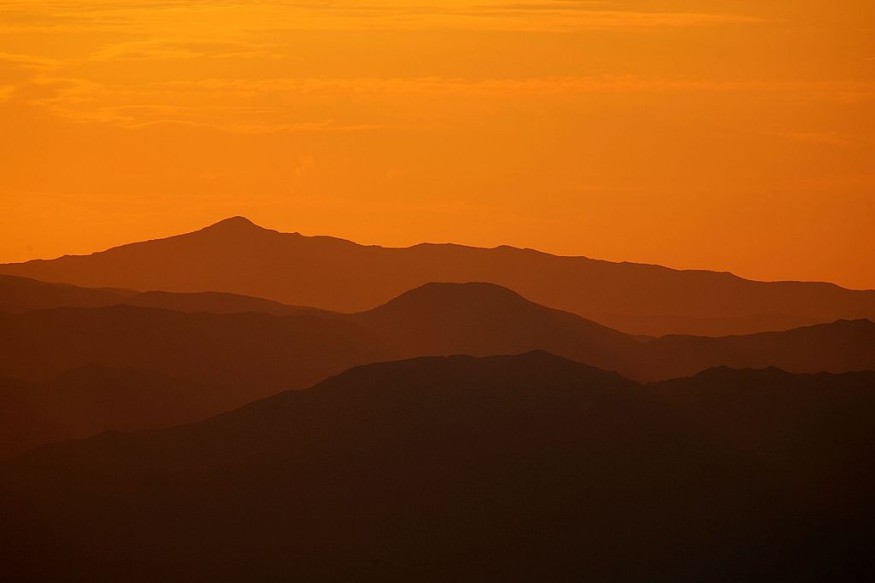Earth's crust is the outermost layer of our terrestrial planet, seeing at least an ancient part of it would be a spectacle and a one-in-a-lifetime chance.
Now, a study led by researchers in Australia discovered a 4 billion-year-old piece of our planet's crust in the state of Western Australia.
The discovery signified that the crust chunk influences the geological structure, formation, and movement in the Australian peninsula.
In particular, evidence of the ancient crust was found in the South West region of Western Australia.
The findings were made possible when the research team used lasers smaller than the strands of a human hair, targeting microscopic grains of a mineral unearthed from beach sand.
The lasers were utilized to evaporate parts of individual grains of the zircon mineral to reveal their geological history and origin.
Western Australia's discovered piece from our planet's original crust is only one of the oldest ancient rocks found worldwide.
In fact, the title holder of the oldest crust found on Earth is in Canada back in 2017. Rocks from the eastern shore of the country's Hudson Bay are approximately 2.7 billion years old.
However, they have precursors or elements that dates back to 4.3 billion years ago.
Western Australia Earth's Crust Piece

In a new research article published in the journal Terra Nova in June 2022, Curtin University researchers discovered a so-called persistent "Hadean-Eoarchean protocrust" in the western Yilgarn Craton of South West, Western Australia.
The discovery reportedly surpassed the challenges in deciphering the composition and extent of Earth's earliest continents, which is hindered by the scarcity of preserved Hadean-Eoarchean material.
Specifically, the said protocrust found was a detrital zircon extracted from sediments to the Archean Yilgarn Craton in the state.
Earth formed around 4.5 billion years ago at a time when violent natural phenomenon, including recurring asteroid impacts and molten magma, still contribute to the formation of the planet.
In this context, the new discovery reportedly helps us decipher how a once violent, uninhabitable Earth turned into environment-conducive planet that can support life.
Also Read: Melting Glaciers Due to Global Warming is Slightly Warping Earth's Crust, Scientists Warn
Modern Laser Technology
As a research method, the Australia-based team used the said lasers to penetrate the Earth and create a path for finding the ancient crust.
According to Curtin University Ph.D. student Maximilian Droellner, the evidence show that a 4-billion-year-old piece of the ancient crust the size of Ireland has been contributing to the geological evolution of Western Australia in the past few billions of years, as cited by Sci Tech Daily.
Droellner also added that the crust chunk's influence has also been a key ingredient of the rocks that formed in the state until this time.
The most ancient rocks and minerals from the oldest period of Earth's history, the Hadean era (3.8 to 4.5 billion), have already been destroyed by constant geological burial, erosion, and modifications of rocks, according to the American Museum of National History (AMNH).
The AMNH added that the destruction of these ancient rocks were due to constant heating and compression at the depths of our planet.
Nevertheless, clues can still be found in the durable property of the mineral zircon.
© 2025 NatureWorldNews.com All rights reserved. Do not reproduce without permission.





